Home>Gardening & Outdoor>Plant Care & Gardening Tips>Where Is The Columbine Plant Native To
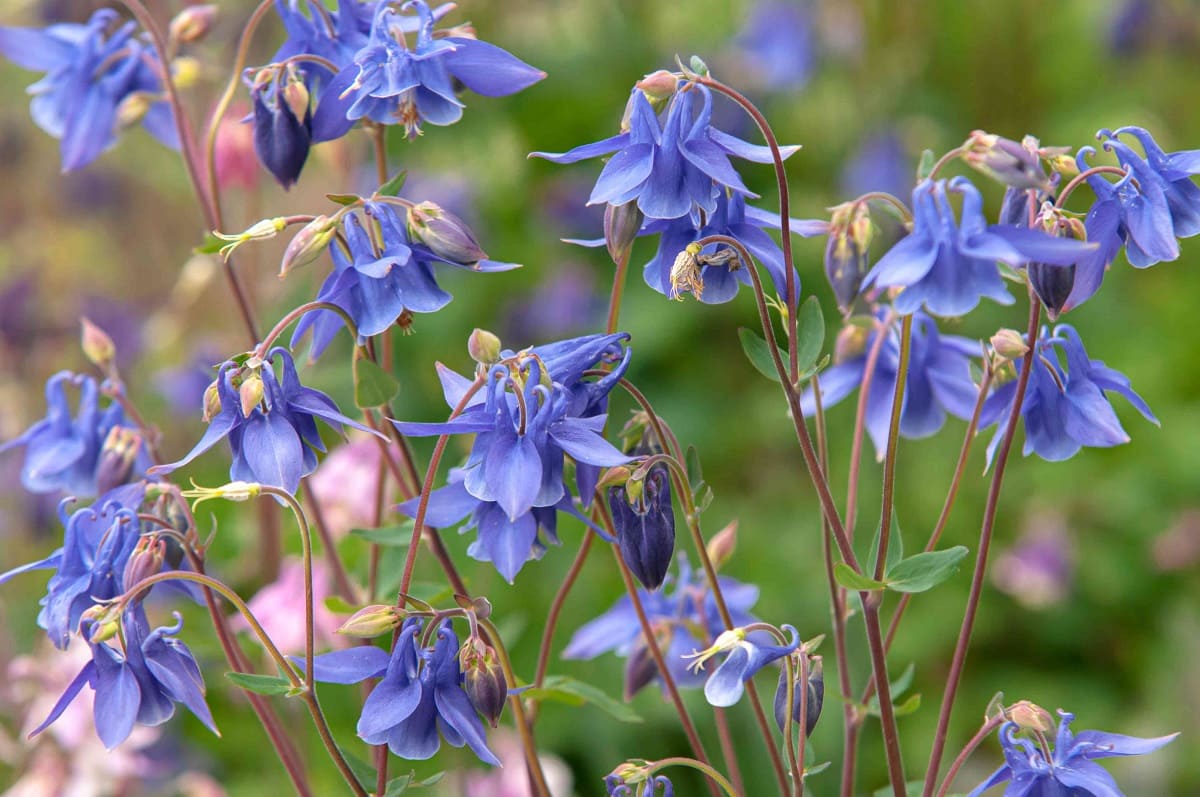

Plant Care & Gardening Tips
Where Is The Columbine Plant Native To
Modified: January 4, 2024
Discover where the Columbine plant is native to and get expert plant care and gardening tips to help it thrive in your garden. Explore the best practices for growing Columbine.
(Many of the links in this article redirect to a specific reviewed product. Your purchase of these products through affiliate links helps to generate commission for Storables.com, at no extra cost. Learn more)
**
Introduction
**
The Columbine plant, known for its delicate and distinctive flowers, has captivated gardeners and nature enthusiasts for centuries. With its unique appearance and diverse array of species, the Columbine plant holds a special place in horticulture and ecological studies. In this article, we will delve into the fascinating origins and natural habitats of the Columbine plant, shedding light on its native environments and distribution across the globe.
The allure of the Columbine plant extends beyond its aesthetic appeal, as it also boasts a rich history and cultural significance. By exploring its journey through time and space, we can gain a deeper appreciation for this remarkable botanical treasure. Join us on a journey to uncover the secrets of the Columbine plant, from its ancient roots to its modern-day presence in gardens and natural landscapes around the world.
**
Key Takeaways:
- The Columbine plant, with its rich history and diverse habitats, has captivated cultures worldwide, adding elegance and charm to gardens and natural landscapes.
- From ancient mythologies to modern-day gardens, the Columbine plant’s adaptability and resilience showcase nature’s beauty and inspire a deeper connection with the wonders of the natural world.
Read more: Where Is The Snake Plant Native To
History of the Columbine Plant
**
The Columbine plant, scientifically known as Aquilegia, has a storied history that intertwines with mythology, folklore, and botanical exploration. Its name, “Columbine,” is derived from the Latin word “columba,” meaning dove, which is a nod to the flower’s resemblance to a cluster of doves or the shape of a dove in flight.
Throughout the ages, the Columbine plant has been celebrated for its ornamental beauty and versatile uses. In ancient Greek and Roman cultures, it was associated with the goddess of love and beauty, Aphrodite and Venus, respectively. The plant’s association with love and affection made it a popular choice for inclusion in floral arrangements and garlands during festivals and ceremonies.
During the medieval period, the Columbine plant continued to hold symbolic significance. Its unique spurred petals and diverse color variations were often interpreted as representations of different virtues and characteristics. In folklore, the plant was believed to possess magical properties, and its seeds were used in various remedies and potions.
Botanically, the Columbine plant has intrigued naturalists and scientists for centuries. Its intricate flower structure and adaptability to different environments have made it a subject of fascination and study. Over time, numerous cultivars and hybrids have been developed, expanding the range of colors and forms available to gardeners and enthusiasts.
As the Columbine plant’s popularity grew, it found its way into gardens, where it continues to enchant with its graceful blooms and resilience. Today, it remains a beloved choice for both traditional and contemporary garden designs, adding a touch of elegance and charm to landscapes around the world.
**
Native Habitats of the Columbine Plant
**
The Columbine plant is a diverse genus that thrives in a variety of habitats, ranging from woodlands and meadows to rocky slopes and alpine regions. Its natural distribution spans across the Northern Hemisphere, encompassing North America, Europe, and Asia. Each species of Columbine has adapted to specific ecological niches, showcasing remarkable resilience and versatility.
In North America, the Columbine plant can be found in a wide range of habitats, from the moist woodlands of the eastern United States to the arid slopes of the western regions. Species such as Aquilegia canadensis, known for its vibrant red and yellow flowers, flourish in the rich, moist soils of deciduous forests, while others, like Aquilegia desertorum, have evolved to thrive in the harsh conditions of desert canyons and rocky outcrops.
Across Europe, the Columbine plant graces meadows, alpine pastures, and rocky outcrops with its delicate blooms. Species such as Aquilegia vulgaris, the European Columbine, are native to woodlands and grasslands, where they add a splash of color to the landscape. In the mountainous regions of the Alps and the Carpathians, high-altitude species like Aquilegia alpina have adapted to the challenging conditions, displaying resilience in the face of harsh climates and rocky terrain.
In Asia, the Columbine plant’s native habitats extend from the Himalayas to the forests of Siberia and the Korean peninsula. Here, species such as Aquilegia nivalis and Aquilegia glandulosa thrive in alpine meadows and subalpine woodlands, showcasing a diverse array of flower colors and forms. Their ability to withstand cold temperatures and variable moisture levels has contributed to their widespread presence in these regions.
Overall, the native habitats of the Columbine plant reflect its remarkable adaptability and ecological diversity. From lowland forests to high mountain peaks, these plants have carved out niches for themselves, adding beauty and biodiversity to their respective ecosystems.
**
The Columbine plant is native to North America, particularly in the cooler regions of the continent such as the Rocky Mountains and eastern United States.
Distribution of the Columbine Plant
**
The Columbine plant, with its captivating beauty and adaptability, has secured a global presence through its widespread distribution. Its native habitats in North America, Europe, and Asia have served as launching pads for its expansion, allowing it to thrive in diverse environments and regions around the world. As a result, the Columbine plant has become a cherished feature of gardens, natural landscapes, and wild habitats across continents.
In North America, the Columbine plant can be found from the woodlands of the eastern United States to the mountainous regions of the western states and into Canada. Its presence adds a touch of elegance to native plant gardens, woodland edges, and rocky slopes, where it attracts pollinators and admirers alike. With species such as Aquilegia canadensis and Aquilegia formosa, the Columbine plant contributes to the floral tapestry of North American ecosystems, enriching the biodiversity of the continent.
Across Europe, the Columbine plant graces gardens, meadows, and natural habitats with its enchanting blooms. Its distribution spans from the British Isles to the Mediterranean region and extends into the mountainous landscapes of Central and Eastern Europe. The European Columbine, Aquilegia vulgaris, and its relatives can be found in a variety of settings, from ancient woodlands to alpine meadows, where they add a pop of color and allure to the surroundings.
In Asia, the Columbine plant’s distribution encompasses a wide range of habitats, from the Himalayan foothills to the Siberian taiga and the Korean peninsula. Its presence in these regions contributes to the vibrant tapestry of flora, with species such as Aquilegia nivalis and Aquilegia glandulosa gracing alpine meadows and subalpine woodlands with their distinctive flowers.
Furthermore, the Columbine plant’s popularity in horticulture has led to its introduction and cultivation in gardens and landscapes far beyond its native range. Its adaptability to different climates and soil conditions has made it a sought-after ornamental plant, further expanding its distribution and influence in horticultural settings worldwide.
As a result of its widespread distribution, the Columbine plant has become a global ambassador of natural beauty and botanical fascination, captivating hearts and gardens across continents and inspiring a deeper appreciation for the wonders of the plant kingdom.
**
Conclusion
**
The Columbine plant’s journey from its native habitats to gardens and natural landscapes around the world is a testament to its enduring allure and adaptability. With a rich history steeped in mythology, folklore, and botanical exploration, the Columbine plant has captured the imagination of cultures across time and space, leaving an indelible mark on horticulture and ecological studies.
From the woodlands of North America to the alpine meadows of Europe and Asia, the Columbine plant has thrived in a diverse range of habitats, showcasing its resilience and ecological diversity. Its widespread distribution has allowed it to become a beloved feature of gardens and natural ecosystems, where its delicate blooms and vibrant colors add a touch of elegance and charm.
As we reflect on the native habitats and distribution of the Columbine plant, we gain a deeper appreciation for the interconnectedness of the natural world and the beauty of biodiversity. The plant’s ability to adapt to different environments and climates serves as a reminder of nature’s capacity for resilience and evolution, offering valuable lessons for conservation and sustainable gardening practices.
Whether found in the wild or cultivated in gardens, the Columbine plant continues to enchant with its graceful presence and timeless appeal. Its journey from ancient mythologies to modern-day landscapes is a testament to the enduring fascination and admiration it evokes. As we celebrate the Columbine plant’s native habitats and global distribution, we honor its role as a botanical treasure that transcends geographical boundaries and inspires a deeper connection with the wonders of the natural world.
Frequently Asked Questions about Where Is The Columbine Plant Native To
Was this page helpful?
At Storables.com, we guarantee accurate and reliable information. Our content, validated by Expert Board Contributors, is crafted following stringent Editorial Policies. We're committed to providing you with well-researched, expert-backed insights for all your informational needs.
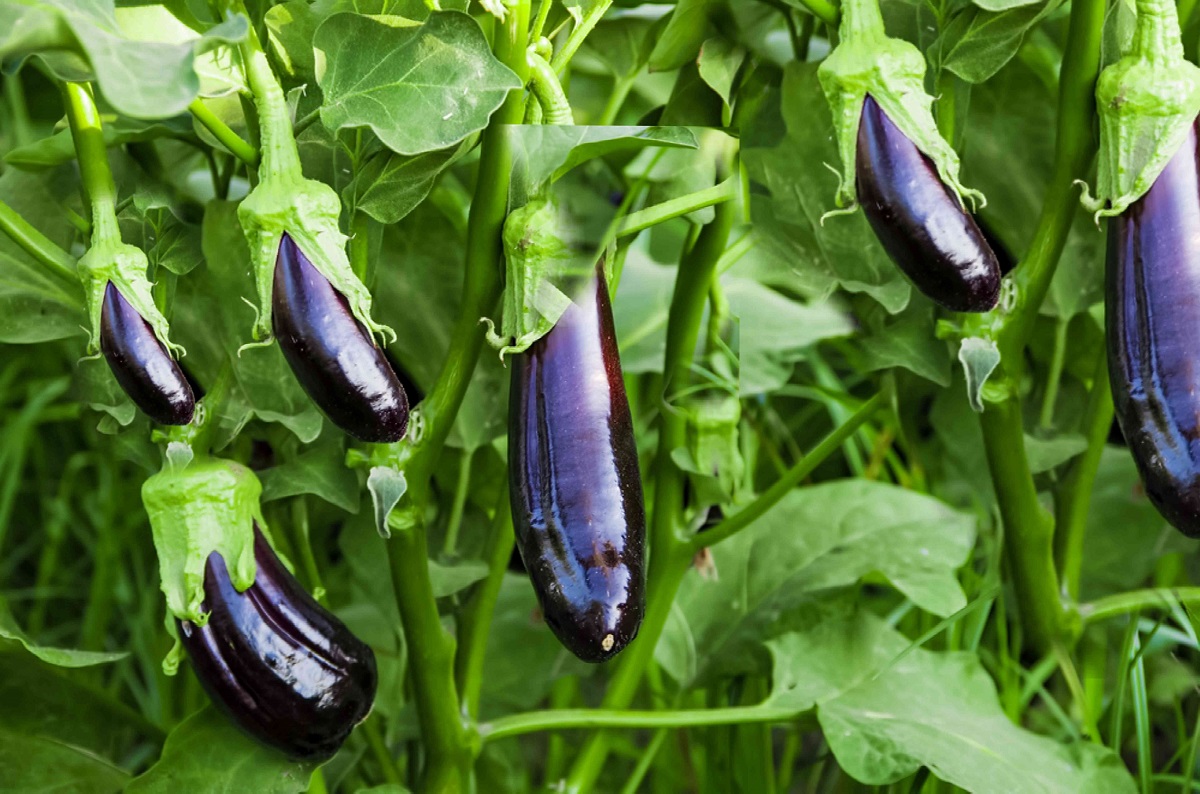
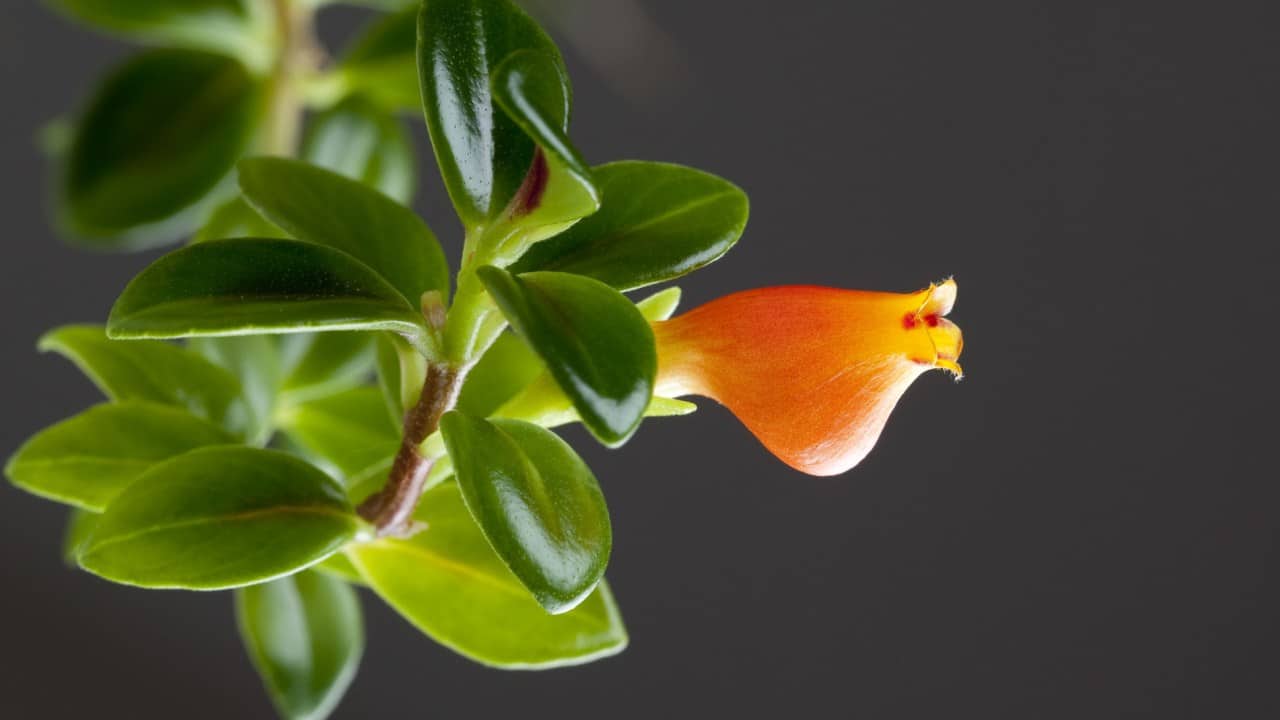
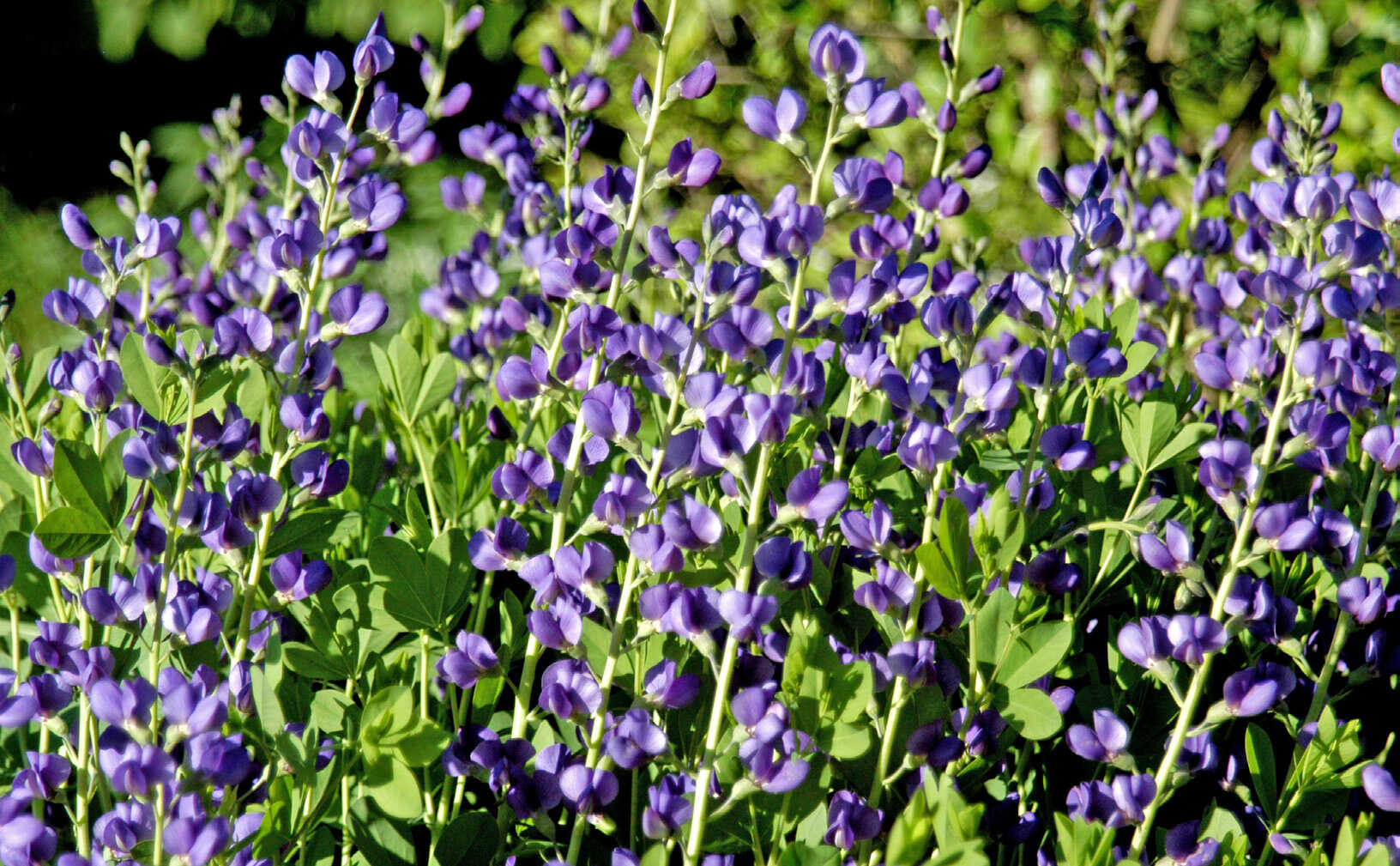
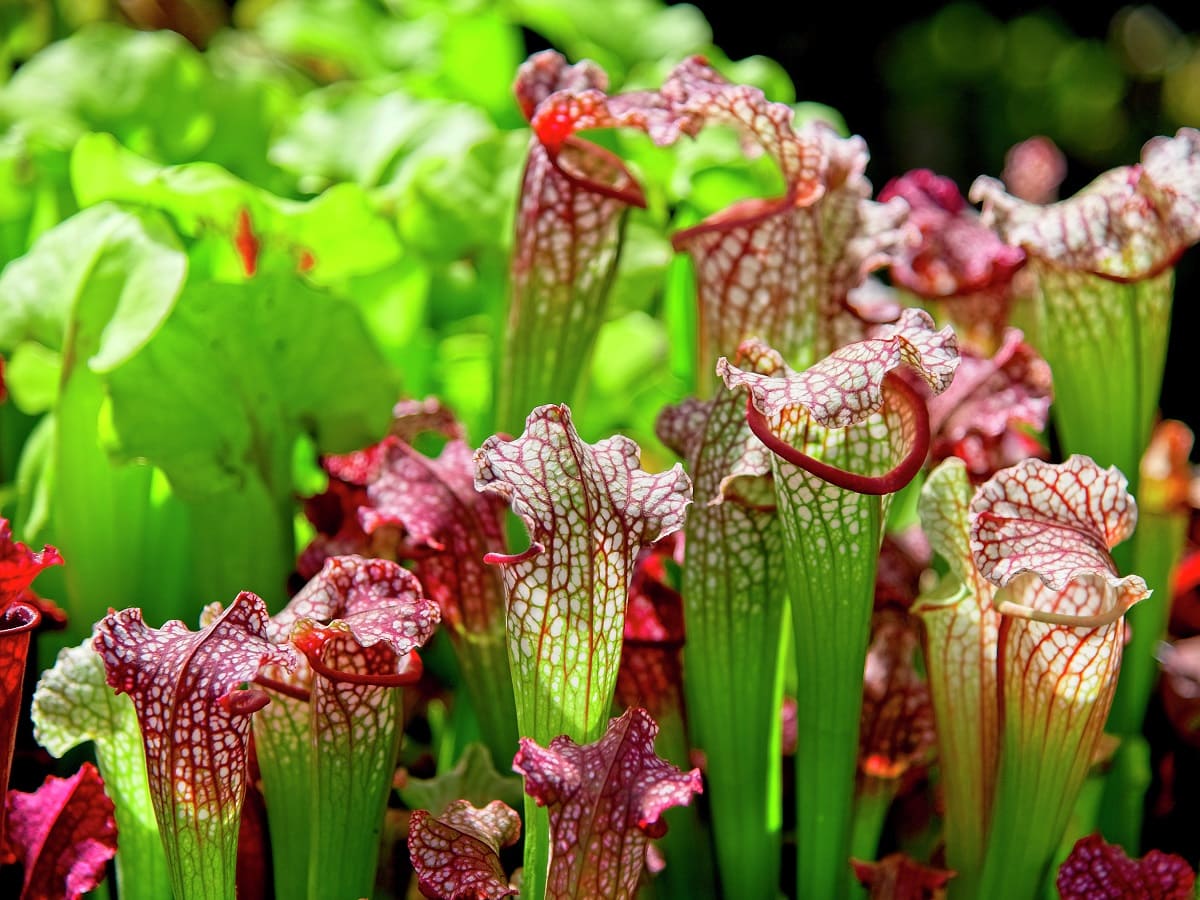
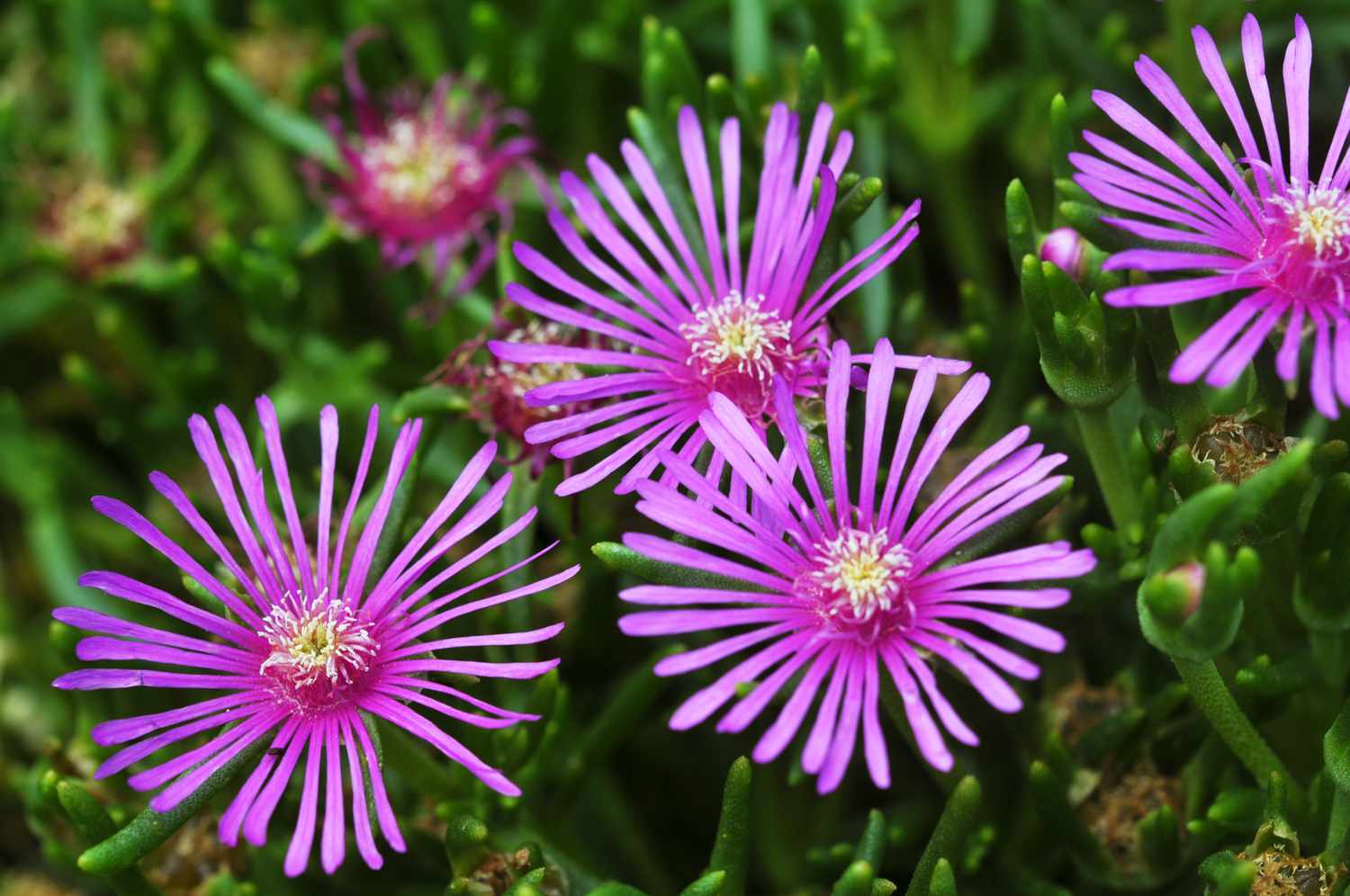
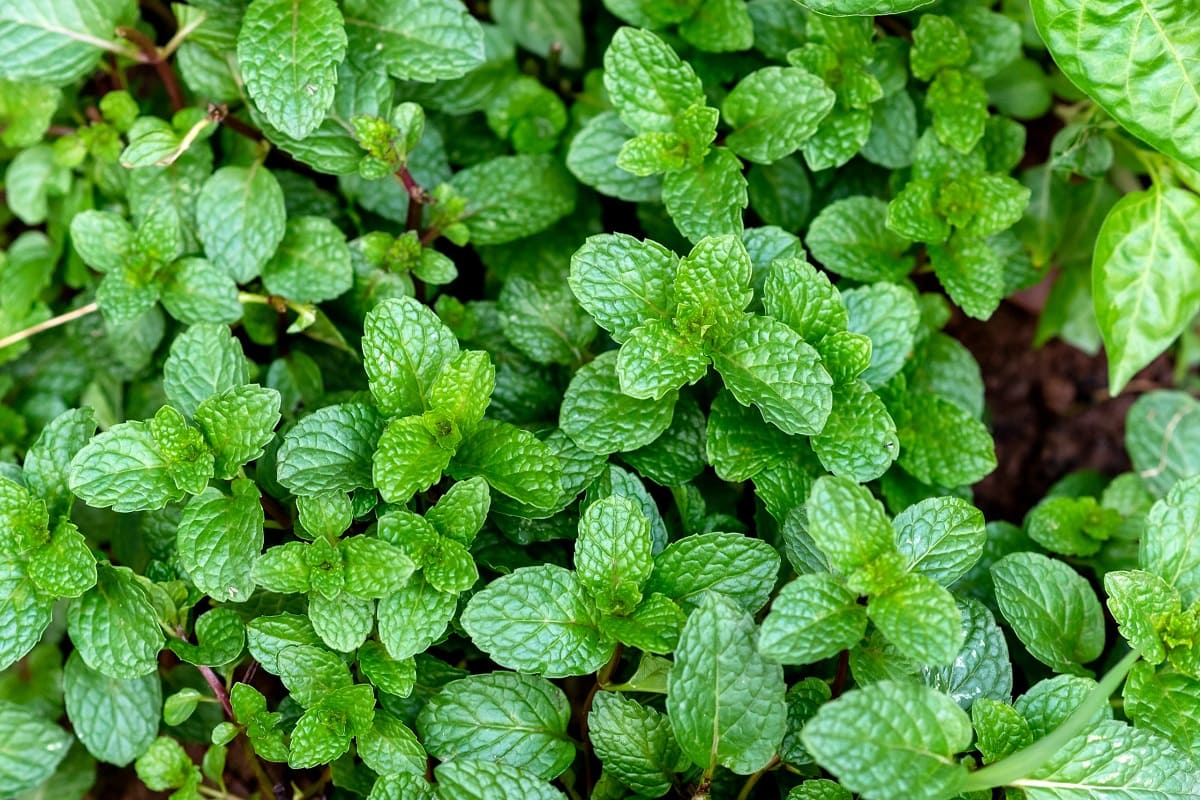
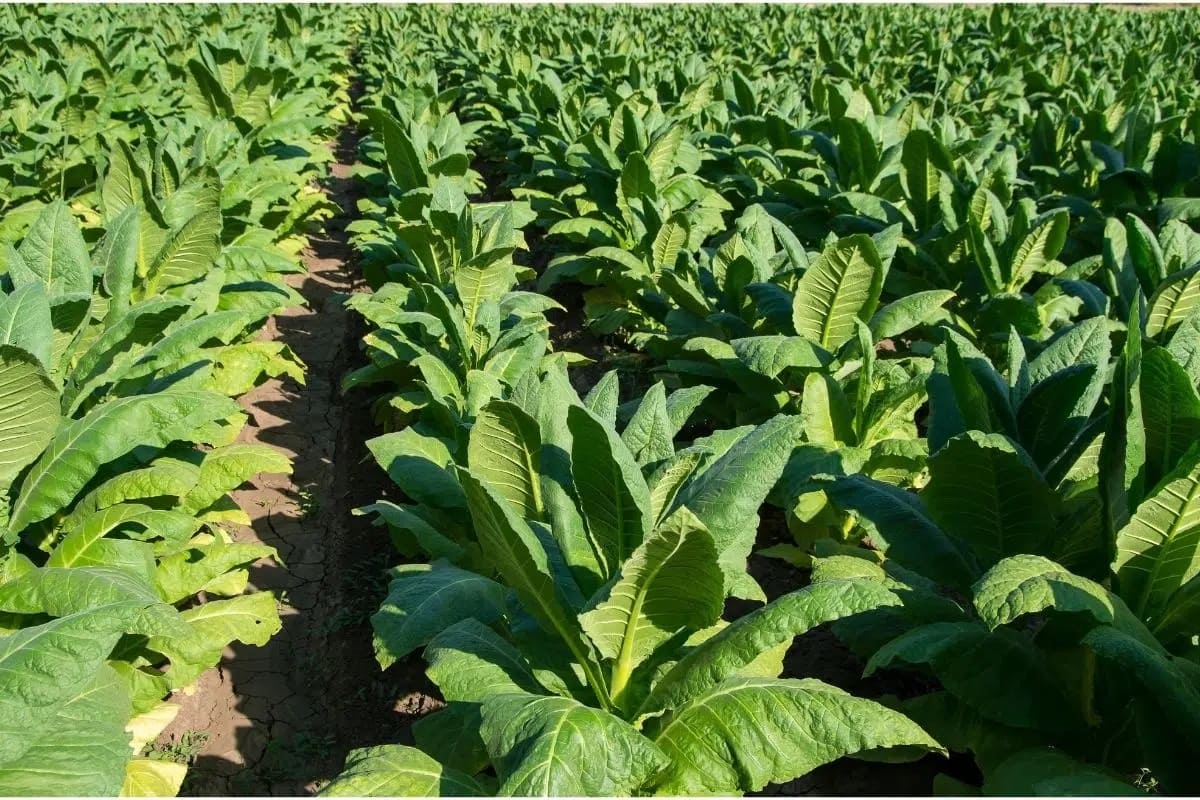
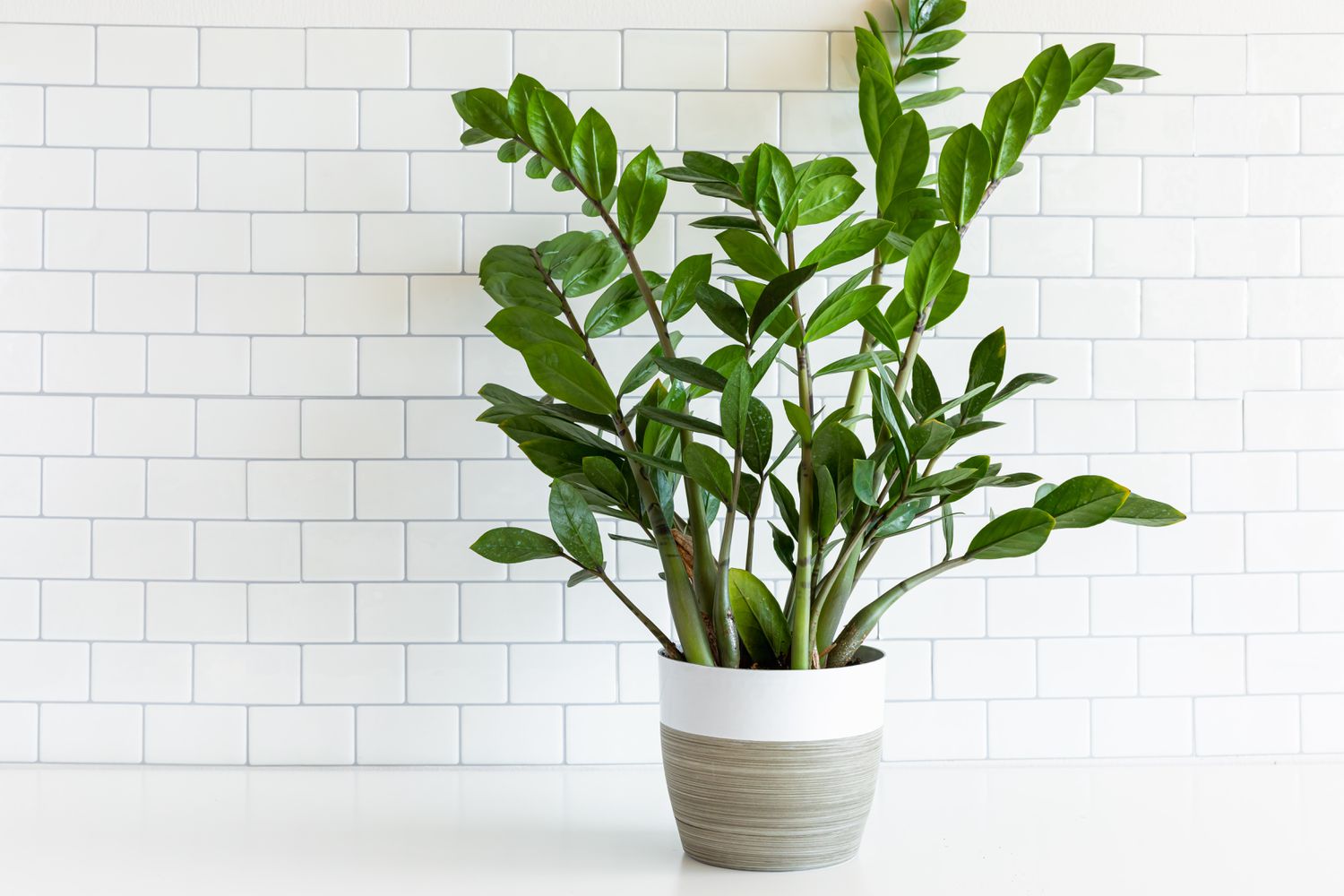

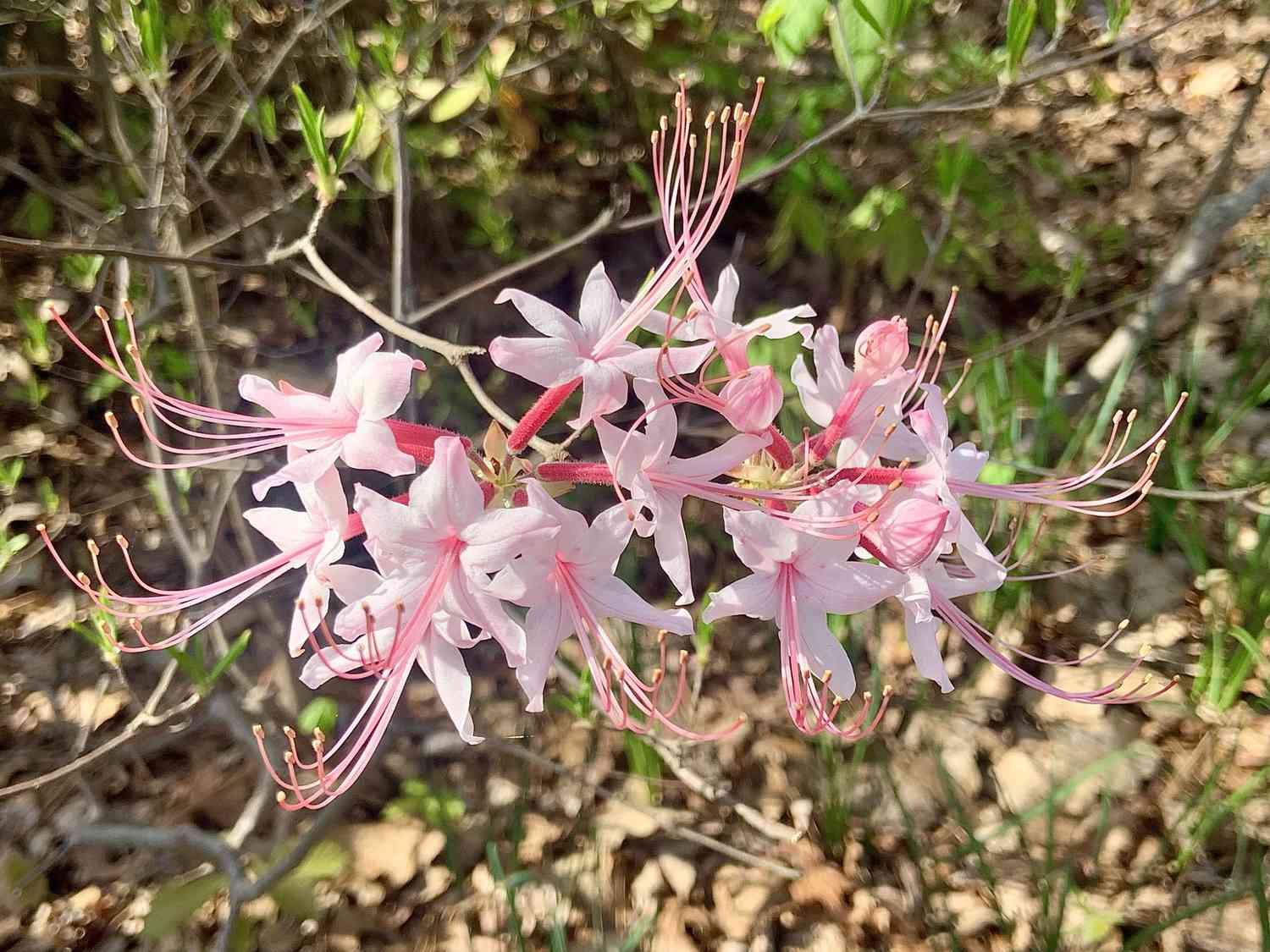
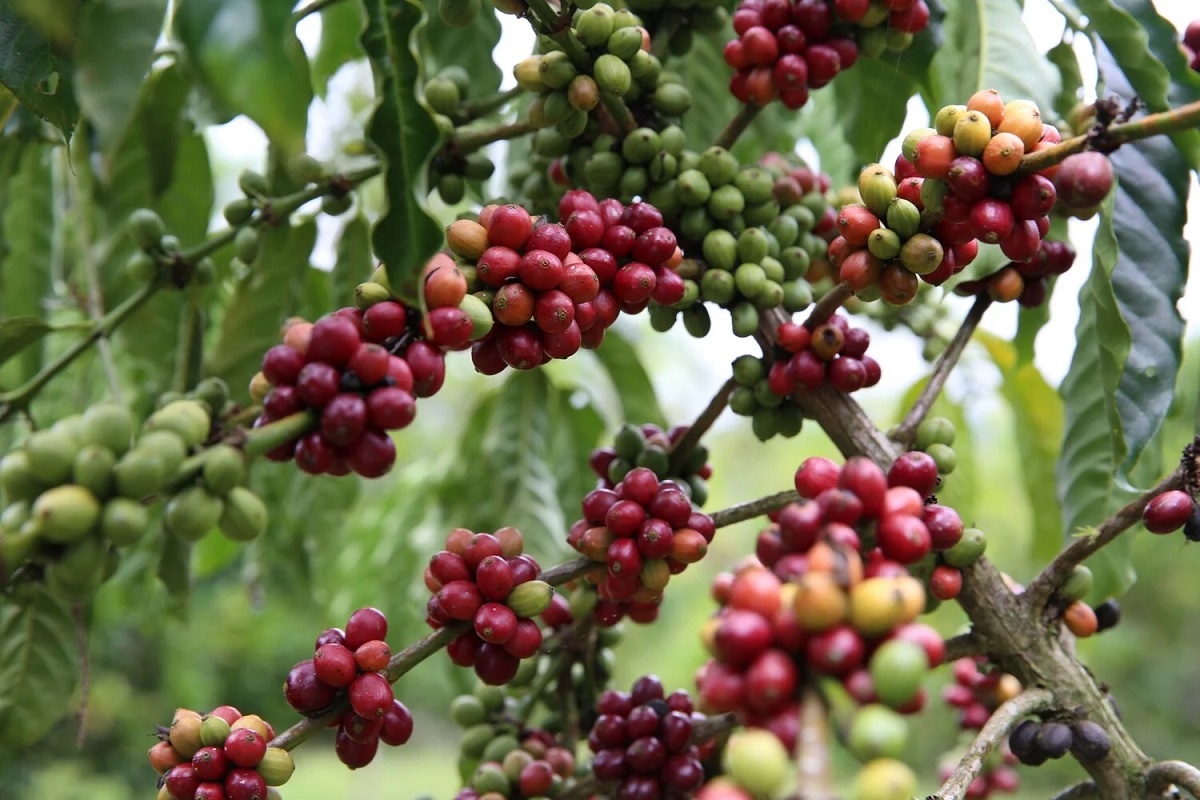
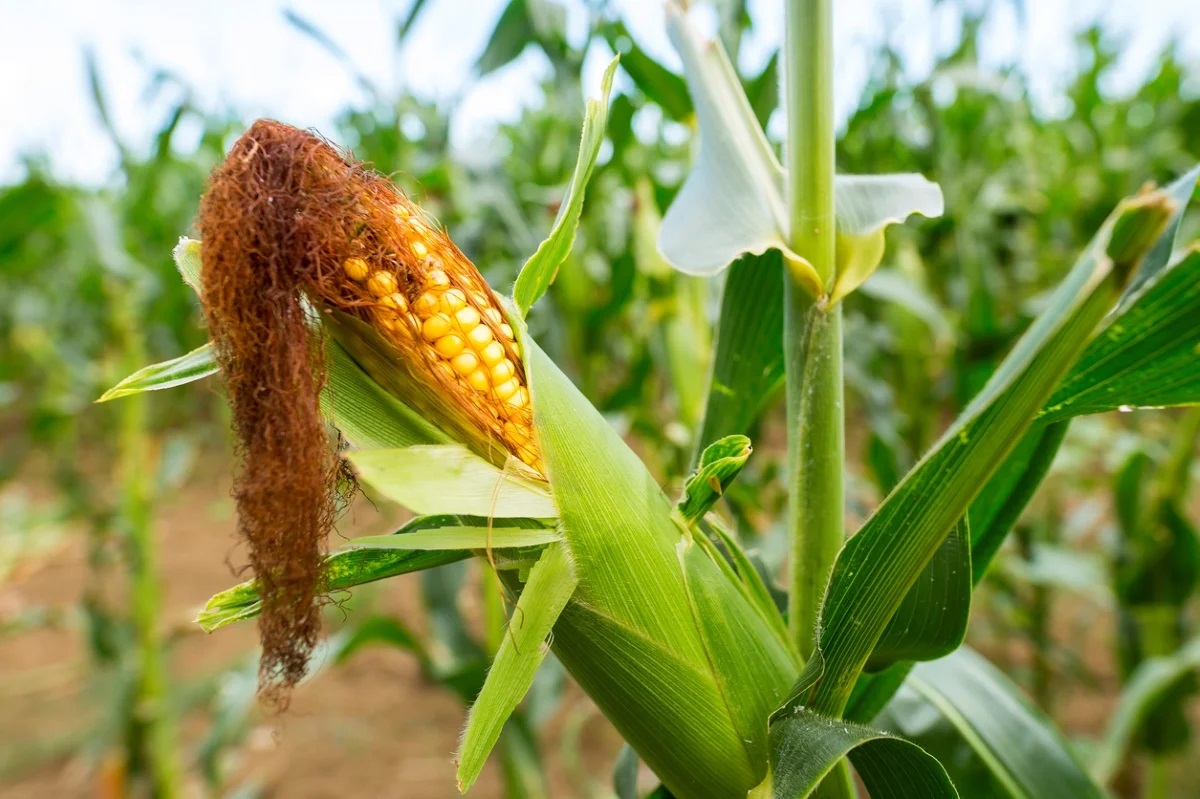


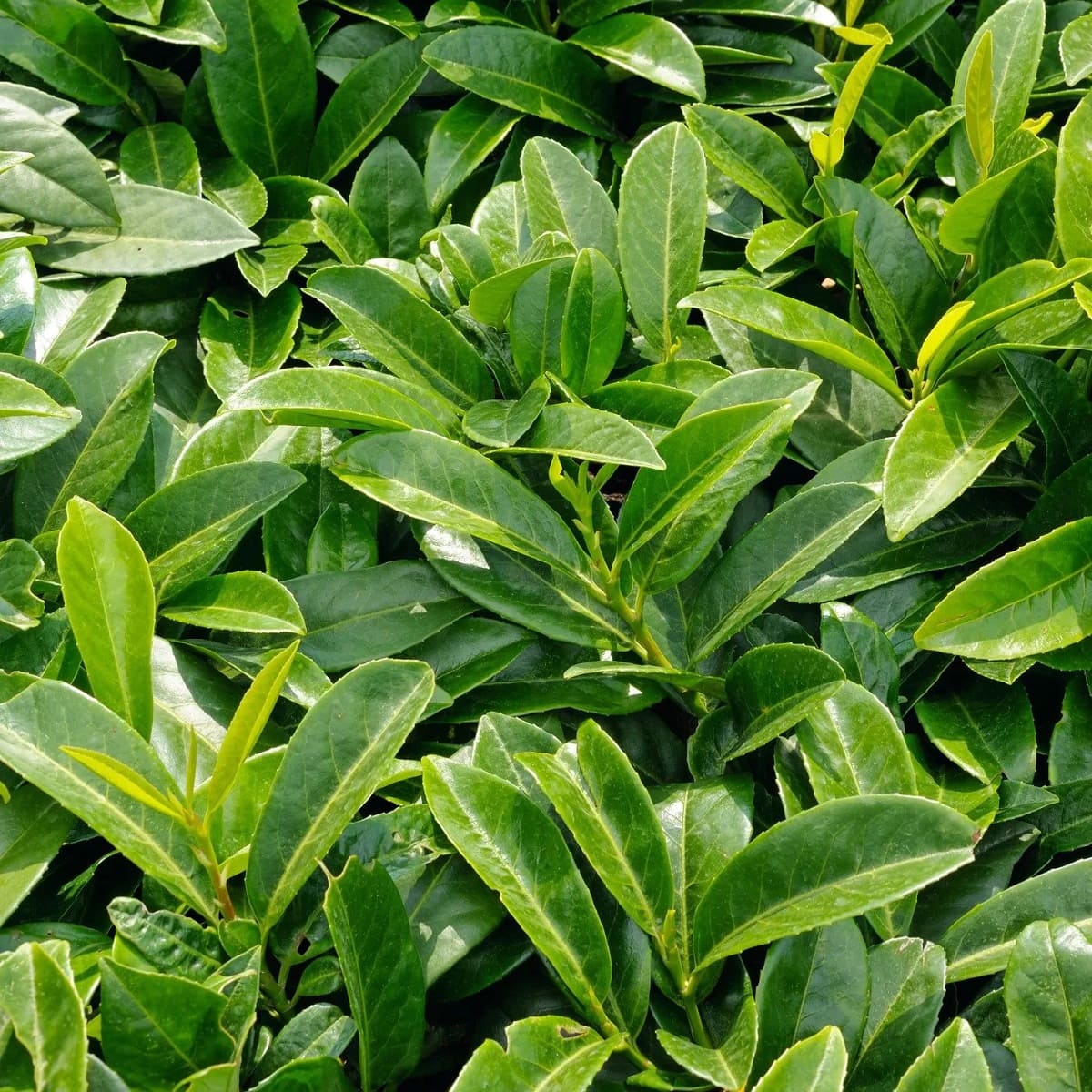

0 thoughts on “Where Is The Columbine Plant Native To”